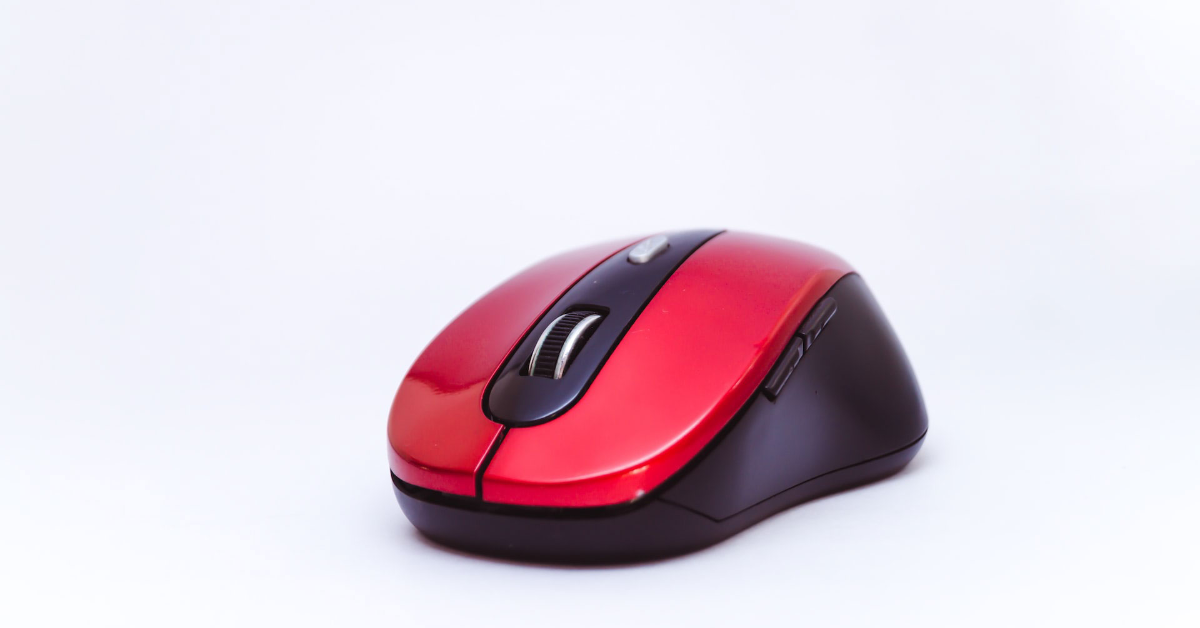Dive Into the World of Computer Mouse: 14 Interesting Facts About This Essential Input Device

The computer mouse is a small but essential device that has had a big impact on how we interact with computers. From its humble beginnings as a wooden box with wheels to the sleek and sophisticated mouse of today, the computer mouse has come a long way.
Whether you are a gamer, a designer, or simply someone who uses a computer for everyday tasks, it’s hard to imagine life without this handy little device. Whether you are a seasoned pro or a beginner, there is always more to learn about computer mouse and their many uses.
1. Definition and History
A computer mouse is a device that is used to input data into a computer. It is typically used to move the cursor on the computer screen and to select items on the screen. The first computer mouse was invented by Douglas Engelbart in 1964. It was made of wood and had two wheels that rolled on a surface to move the cursor.
2. Types of mouses
Computer mouses come in a variety of shapes and sizes. Some mouses are designed for use with specific types of computers or operating systems, while others are more general-purpose. Many computer mouses have additional buttons or features, such as a scroll wheel or gesture support, that allow for more advanced functionality.
3. Tracking Movement
Most modern computer mouses use a laser or an optical sensor to track movement. This allows the mouse to be used on a variety of surfaces, including desks and tables. Some computer mouses use a trackball instead of a laser or optical sensor to track movement. A trackball is a ball that is located on the top of the mouse and can be rotated to move the cursor.
4. Wireless Technology
Wireless computer mouse use radio frequency (RF) or Bluetooth technology to communicate with the computer. This allows the user to use the mouse without having to be tethered to the computer by a cord.

5. Compatibility
Computer mouses can be used with laptops, desktop computers, and other devices, such as gaming consoles. Some computer mouses can be used to control other devices, such as smartphones or smart TVs.
6. Ergonomics
Some computer mouses are ergonomically designed to reduce strain on the hand and wrist. These mouses are often shaped to fit the natural contours of the hand and may have features such as a vertical grip or a contoured body to help prevent fatigue during long periods of use.
7. Left-Handed mouse
Some computer mouses can be used with both hands, making them suitable for left-handed users. These mouses are often symmetrical in design and may have buttons on both sides to allow for easy access with either hand.

8. Specialized mouse
Some computer mouses are designed for specific types of users, such as gamers or graphic designers. These mouses may have additional buttons or features that are tailored to the needs of these users.
9. Gesture Control
Some computer mouse use gestures or other movements to input data. For example, some mouses can be tilted or rotated to perform certain actions, such as scrolling or zooming.
10. Origins of the Term “Mouse”
The term “mouse” comes from the shape of the original device, which was reminiscent of a mouse.
11. Other Uses
In addition to being used with computers, mouses are also used with other types of electronic devices, such as gaming consoles and smart TVs.
12. Maintenance
The computer mouse should be cleaned regularly to remove dirt and debris. This can be done by using a soft, dry cloth to gently wipe the surface of the mouse.

13. Alternative Input Devices
In addition to computer mouses, there are other types of input devices that can be used with computers, such as trackpads, touchscreens, and styluses.
14. Future Developments
Computer mouses are constantly evolving and new technologies are being developed that may change the way they are used in the future. For example, some researchers are exploring the use of brain-computer interfaces, which would allow users to control devices using their thoughts.
In conclusion, a computer mouse is a vital tool that has revolutionized the way we interact with computers. From its early origins to the advanced mouse of today, this small but mighty device has come a long way.
Whether you are a seasoned pro or a beginner, there is always more to learn and discover about computer mouse and their many uses.
Whether you are a gamer, a designer, or simply someone who uses a computer for everyday tasks, it’s hard to imagine life without this handy little device.





